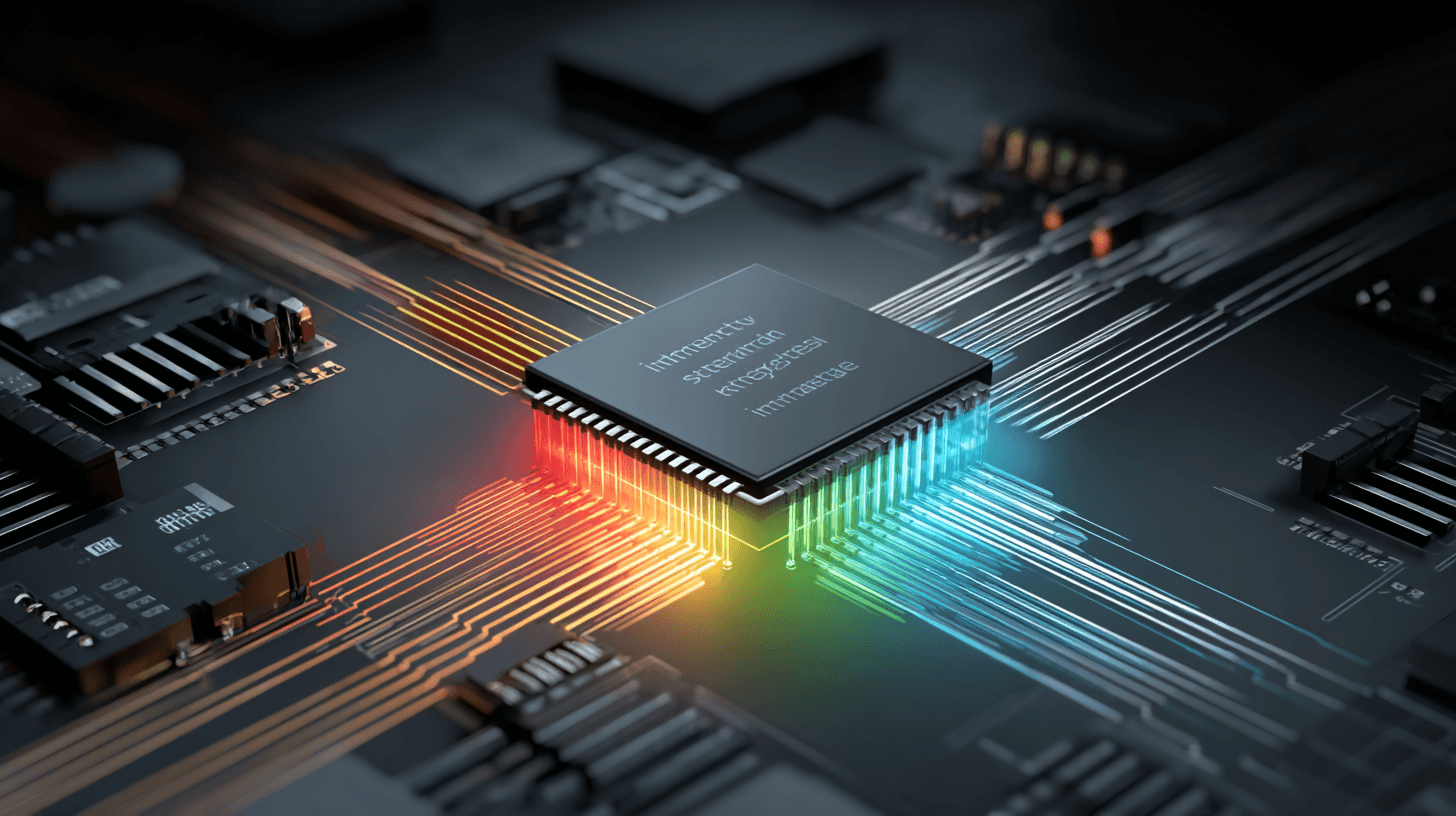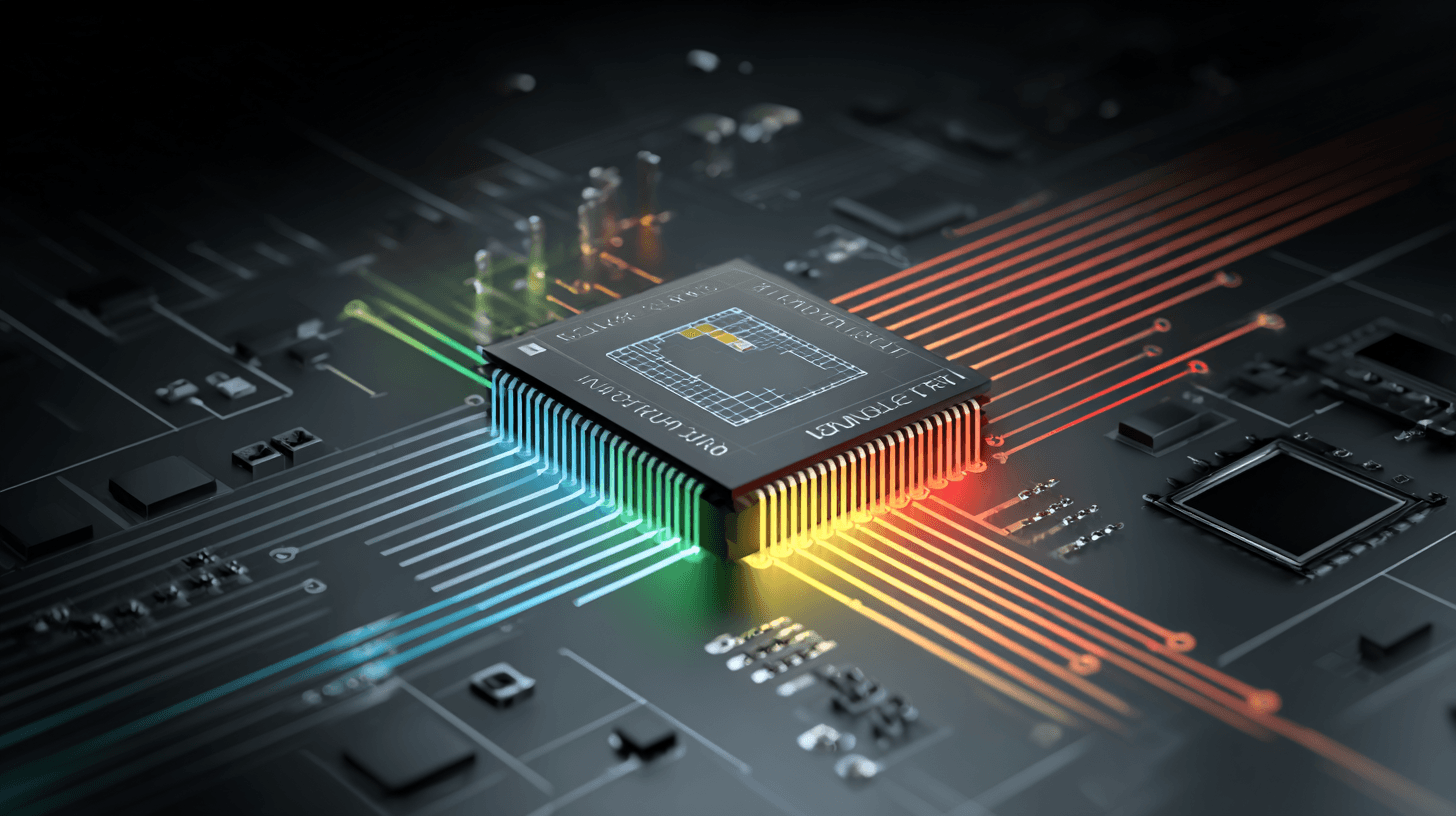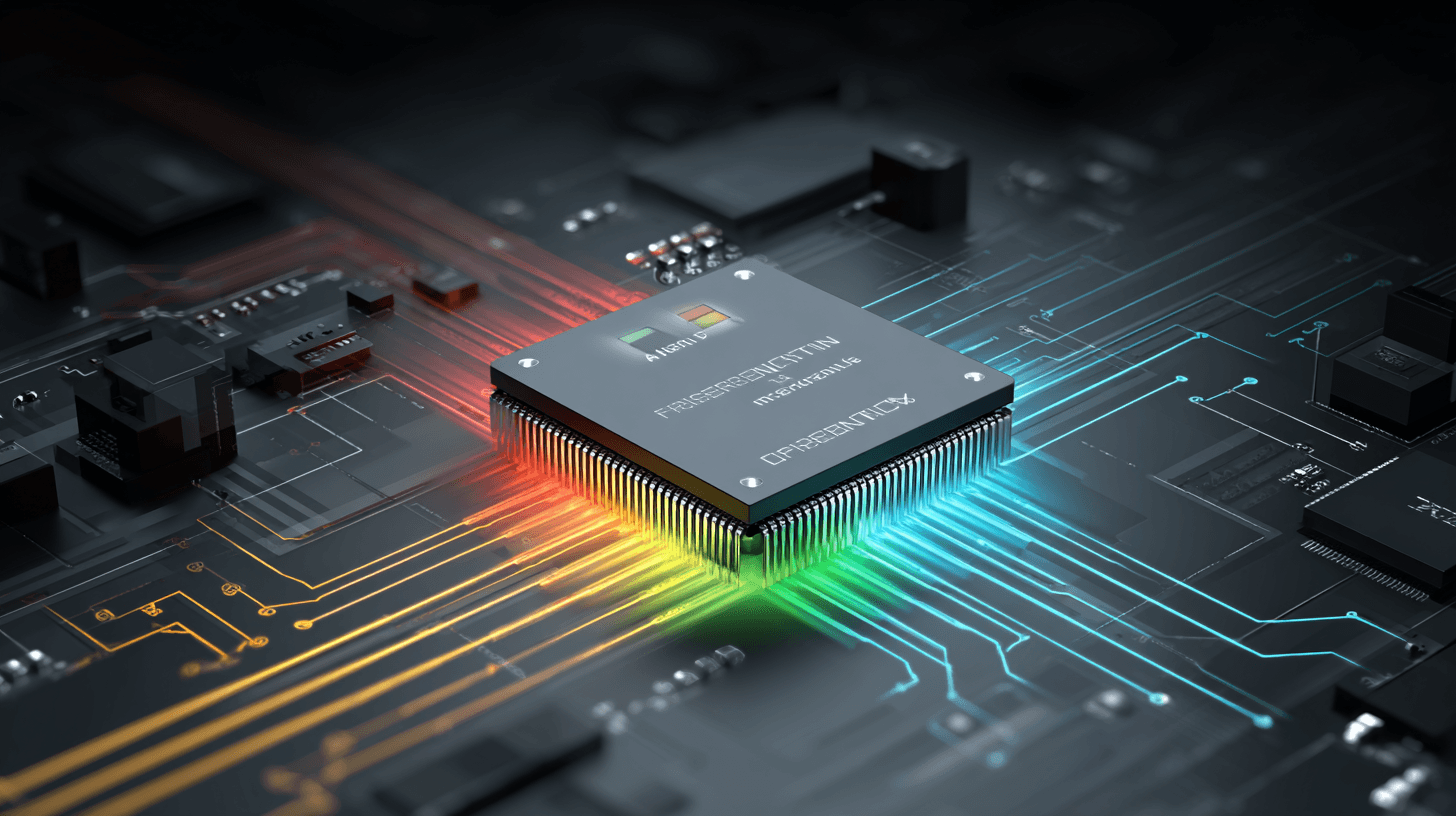The IO+ Week: The power of photonics explained
Our weekly overview offers an overview of the most interesting stories around key innovations every Sunday.
Published on November 9, 2025

Bart, co-founder of Media52 and Professor of Journalism oversees IO+, events, and Laio. A journalist at heart, he keeps writing as many stories as possible.
Every week, we publish stories about the growing use of photonics in the high-tech industry. Last week was exceptional because of the annual PICSummit conference: two days when the global photonics industry gathers in Eindhoven. You can’t have missed it when visiting IO+. And although we have been publishing about photonics as long as we exist (11 years to be exact), every new article raises questions about how to really grasp this technology. For most of our readers, photonics still seems magical, misty, or misunderstood. As someone coming from a non-technical background (historian by education, journalist by profession), I fully get that. So… stay with me and let’s try to explain.
Basically, photonics is about using light instead of electricity to send, sense, and process information faster, cooler, and with less energy.
But of course, there’s more to it. First, you probably already use photonics every day, in things like:
- The fiber-optic cables that carry internet data under the ocean and in your street,
- The laser that cuts metal,
- The camera in your phone and the sensor in your smart watch,
- The LiDAR that helps cars “see” the road.
- And of course… by using cloud services that rely on data centres.
Just as electronics controls and moves electrons (tiny charged particles), photonics controls and moves photons (tiny packets of light).
How photonics and electronics work together for AI
In this week’s PICSummit, this was one of the main topics. Photonics can turbocharge the AI revolution: making data move faster, computations more efficient, and the entire system far less power-hungry. In this battle, photonics and electronics are not enemies; they’re teammates.
Electronics is great for processing and storing information, but it can get hot and slow when there’s a lot of data. Photonics is great for moving information quickly and efficiently using light.

The AI revolution: power-hungry brains
Artificial intelligence, especially the large models powering generative AI systems like ChatGPT and image generators, requires enormous computing power. That power doesn’t just mean “fast processors”; it means moving and processing vast oceans of data.
Here’s the problem:
- Today’s AI hardware runs on electronic chips (like GPUs).
- These chips use billions of transistors to shuffle electrons around.
- Every movement of electrons costs time, energy, and heat.
Result: Data centers that train and run AI models already consume as much electricity as some small countries, and that number is skyrocketing.
[Sidestep: We organize a one-day conference on the power-hunger of AI, and what to do about it. Check Watt Matters in AI for the program and tickets]
Where photonics comes in
Photonics can address several of these challenges by using light (photons) instead of electricity (electrons) to move and, in some cases, even process data.
1. Faster data movement
Light travels at, well, the speed of light. In large AI systems, moving data between processors is a major bottleneck. Photonics replaces slow, power-hungry copper wires with optical connections that:
- Transmit much more data per second,
- Over longer distances (e.g., between chips or servers),
- With lower energy loss and no heat buildup.
This is called optical interconnects, and companies like NVIDIA, Intel, and Ayar Labs are racing to bring them into AI data centers.
2. Energy-efficient computation
Photonics can also compute, not just communicate. Instead of using transistors to perform math, a photonic processor uses the behavior of light itself (interference, diffraction) to execute operations such as matrix multiplications, the core of neural networks.
These photonic neural networks can:
- Do certain AI calculations thousands of times faster,
- Use much less power,
- Operate in parallel (because many light beams can coexist without interference).
This is crucial for future edge AI, like the one Axelera AI is building: intelligent devices (cars, cameras, sensors) that can think locally without depending on huge cloud data centers.
3. Integration with electronics
Photonics won’t replace electronics; they’ll be merged. Think of it as a hybrid brain:
- Electronics handles control, memory, and logic.
- Photonics handles communication and heavy parallel math.
This combination is what researchers call “co-packaged optics” or “heterogeneous integration”: putting light-based and electronic circuits together on one chip. It’s a huge trend right now, with ecosystems like PhotonDelta (the organizer of PICSummit), imec, and ASML working on the manufacturing technologies to make it scalable.

The energy equation
Why does this matter? Because if we keep scaling AI with traditional electronics, global energy demand for AI could multiply 10× to 20× within a decade.
Photonics offers a way to:
- Cut data-movement energy by up to 90%,
- Reduce cooling costs in data centers,
- Make sustainable, scalable AI possible.
Beware, though: photonics won’t be able to solve AI’s energy problem on its own. This also requires a different attitude among users, and lots of other hardware and software innovations. One of them, neuromorphic computing (building computers that act like the human brain), will be further discussed during our conference, Watt Matters in AI.
To sum it up:
If electronics were the engine of the 20th-century digital revolution,
photonics is the turbocharger of the 21st. It makes the internet faster, AI more energy-efficient, and helps in areas like:
- Healthcare (light-based sensors for blood or DNA),
- Agriculture (smart cameras that analyze crops),
- Data communication (faster, energy-efficient interconnects for data centres),
- Defence & security (secure communications, advanced sensing, GPS-free navigation),
- Mobility (LIDAR and optical gyroscopes for autonomous systems),
- Quantum computing (using single photons for secure communication).
I hope this helps. If you like these kinds of explanations, just let me know, and we’ll offer more of them in our newsletter and IO+’s stories.

But of course, there was more going on last week.
A selection of other highlights from this week:
- “Election offers opportunities for a future-oriented Netherlands”
- Here are 5 Dutch startups that raised money in October
- Stop scaling cloud chips, Axelera AI warns: purpose-built AI wins
- MedAI: clarity for relatives and doctors in the toughest times
- TerraChange Solar harvests the sunlight twice: energy and food
- Student wins global award with keyboard for Parkinson’s patients
- PhotonStudio: Turning industrial pains into photonic startups
- 6 European alternatives to Slack and Teams
- Happy Plant Protein: Turning local flour into a global opportunity
- ASML’s Anne Hidma: “AI is fueling demand; photonics can meet it”
- Systems engineering education: foundation for hightech production
A podcast every day
We’ll keep saying it: every morning at 6:30 a.m. (on weekdays), a new podcast is waiting for you. In it, our AI colleagues Oliver and Shelby discuss the two most interesting topics of the day. This makes the IO+ Daily the ideal way to fill your head with some optimistic news from the world of innovation and technology. Tomorrow too.
ioplus daily podcast trailer
Our other newsletters
Thank you for reading this newsletter. But we have more to offer. Signing up is very easy, for example, via the options block on the IO+ homepage:
But you can also just click on your favorite newsletter below:
- IO+ Daily (1,200 members)
- Mauro’s Green Corner (monthly, 13,800 members)
- Elcke’s Saturday Data Dive (monthly, 20,550 members)
- Elcke and Mauro’s BIO+ Bites (monthly, 29,300 members)
- Bart’s Saturday CHIPS (monthly, 16,300 members)
Enjoy your Sunday and don’t forget that a new episode of IO+ Daily will be waiting for you tomorrow morning at 6:30 a.m. Be prepared when you hop on your bike!
